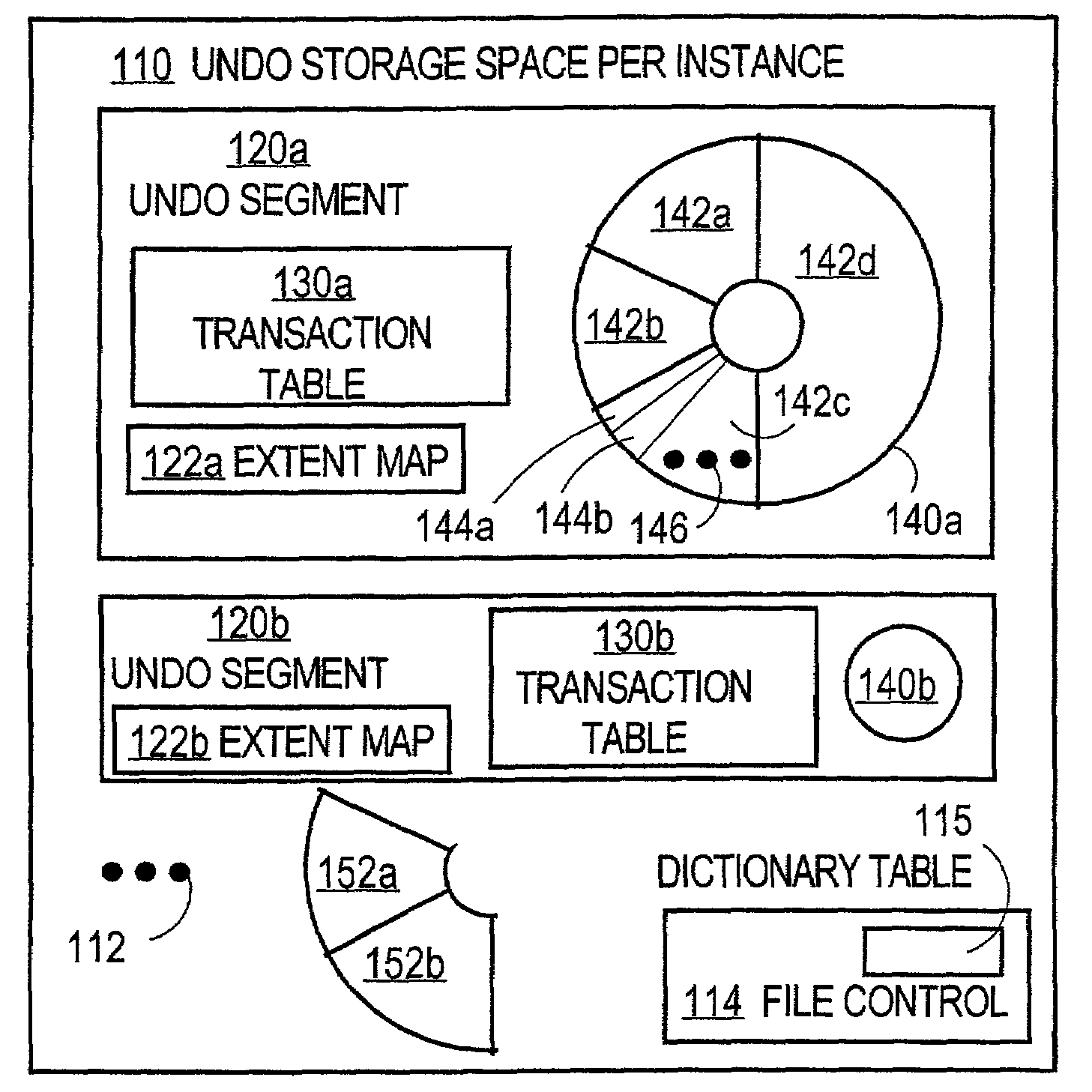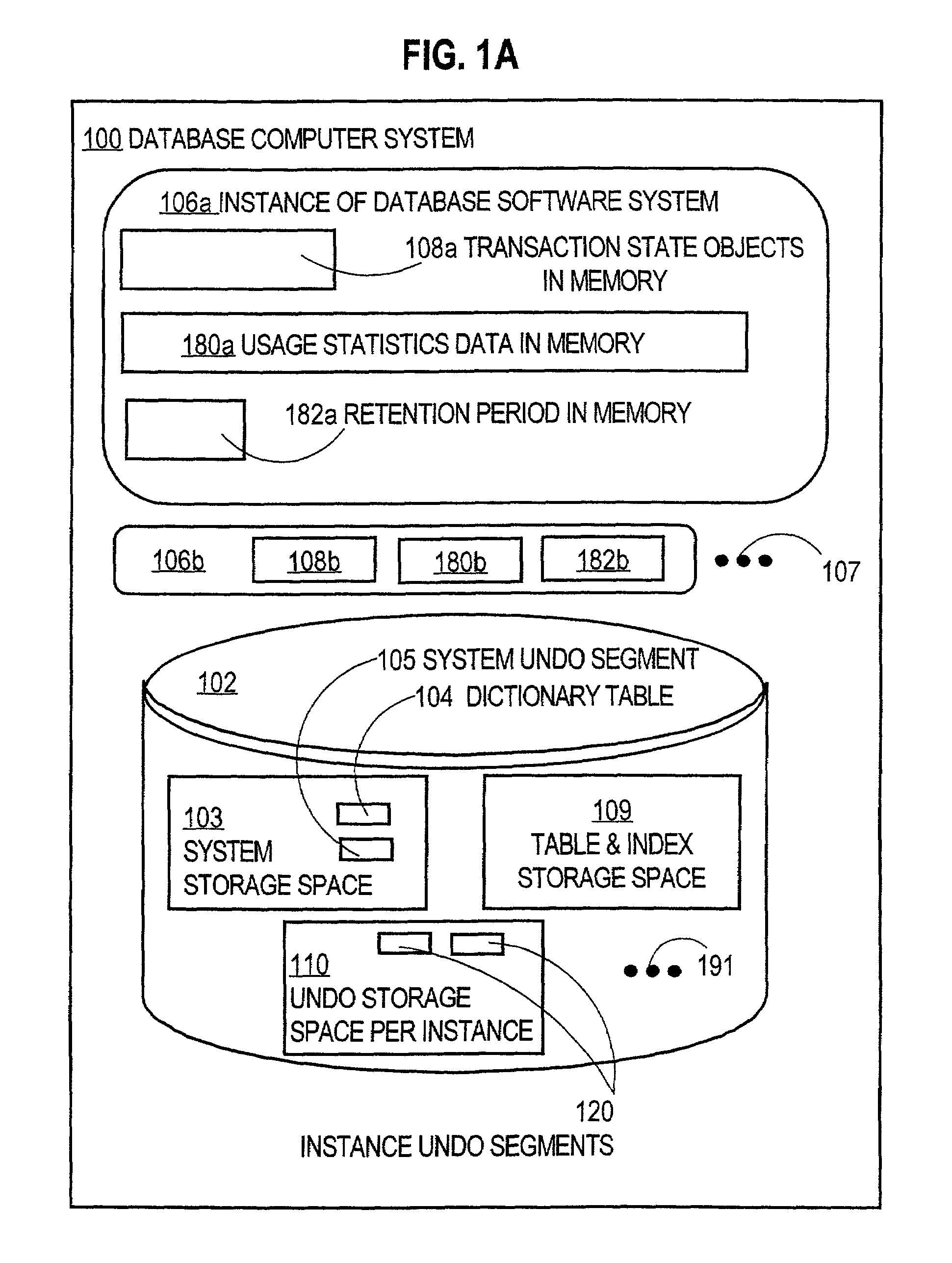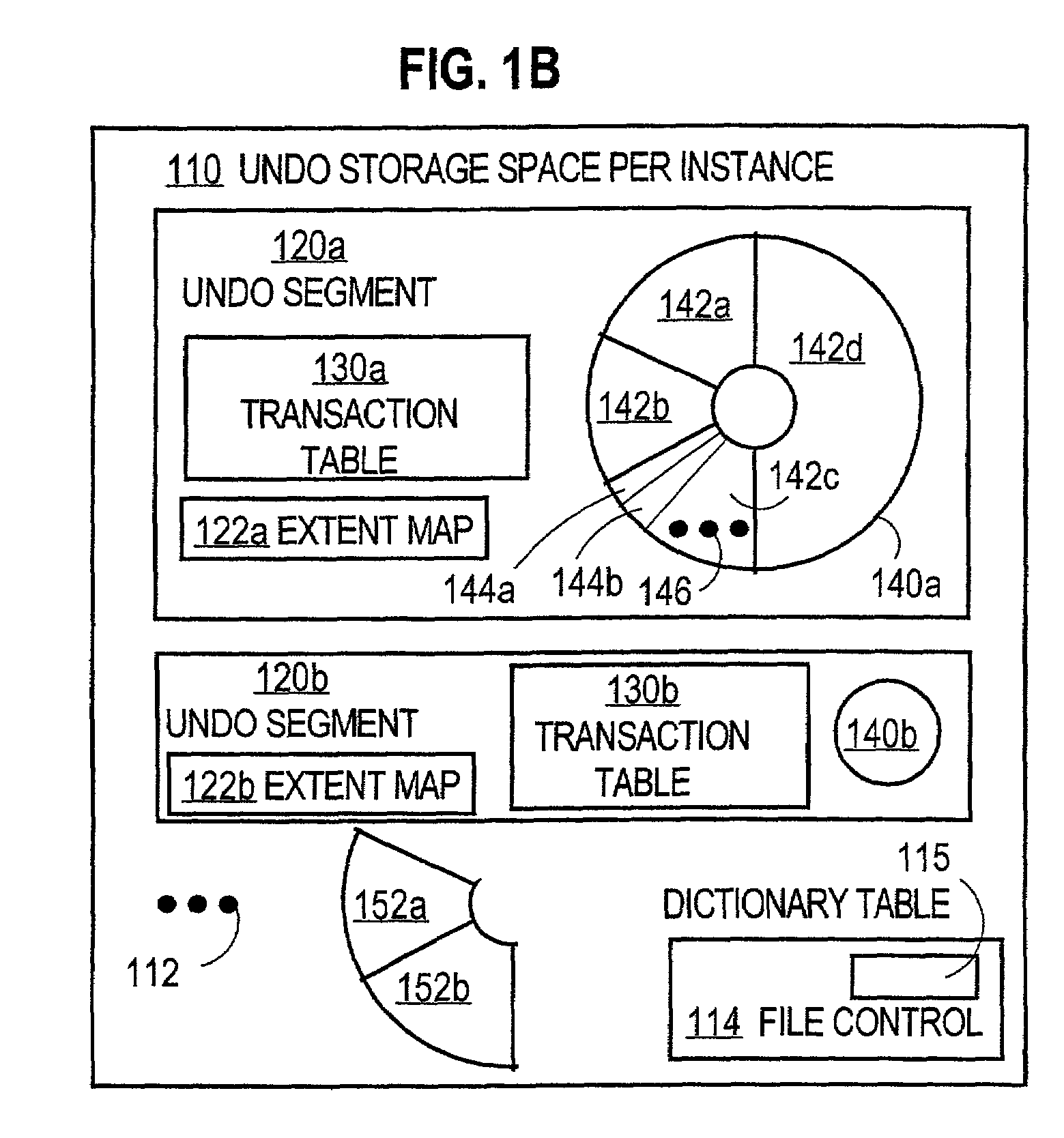Dynamic partitioning of a reusable resource
a reusable resource and dynamic partitioning technology, applied in the field of managing limited resources, can solve the problems of consuming more durable storage, limiting the amount of data a processor can quickly access, and limiting the number and size of communications
- Summary
- Abstract
- Description
- Claims
- Application Information
AI Technical Summary
Benefits of technology
Problems solved by technology
Method used
Image
Examples
Embodiment Construction
[0032]A method and computer readable medium for managing a reusable resource is described. In the following description, for the purposes of explanation, numerous specific details are set forth in order to provide a thorough understanding of the present invention. It will be apparent, however, to one skilled in the art that the present invention may be practiced without these specific details. In other instances, well-known structures and devices are shown in block diagram form in order to avoid unnecessarily obscuring the present invention.
Operational Context
[0033]Example embodiments of the invention are described in the context of a computer system executing an instance of a software system for a database, as shown in FIG. 1A. FIG. 1A is a block diagram of a database computer system 100 reusing undo storage space 110 among a plurality of transactions associated with each instance 106 of a database software system. In other embodiments of the invention, the computer system is not c...
PUM
 Login to View More
Login to View More Abstract
Description
Claims
Application Information
 Login to View More
Login to View More - R&D
- Intellectual Property
- Life Sciences
- Materials
- Tech Scout
- Unparalleled Data Quality
- Higher Quality Content
- 60% Fewer Hallucinations
Browse by: Latest US Patents, China's latest patents, Technical Efficacy Thesaurus, Application Domain, Technology Topic, Popular Technical Reports.
© 2025 PatSnap. All rights reserved.Legal|Privacy policy|Modern Slavery Act Transparency Statement|Sitemap|About US| Contact US: help@patsnap.com



